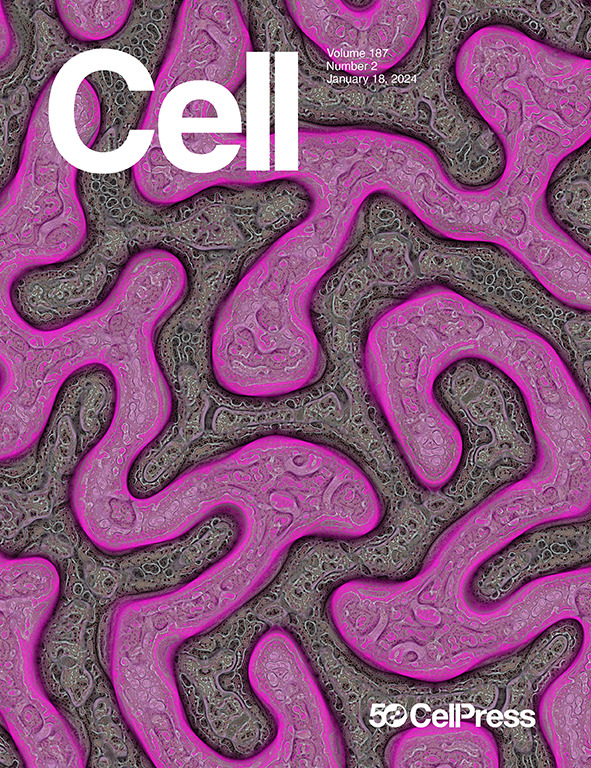STAMP: Single-cell transcriptomics analysis and multimodal profiling through imaging
IF 42.5
1区 生物学
Q1 BIOCHEMISTRY & MOLECULAR BIOLOGY
引用次数: 0
Abstract
Single-cell RNA sequencing has revolutionized our understanding of cellular diversity but remains constrained by scalability, high costs, and the destruction of cells during analysis. To overcome these challenges, we developed STAMP (single-cell transcriptomics analysis and multimodal profiling), a highly scalable approach for the profiling of single cells. By leveraging transcriptomics and proteomics imaging platforms, STAMP eliminates sequencing costs, enabling cost-efficient single-cell genomics of millions of cells. Immobilizing (stamping) cells in suspension onto imaging slides, STAMP supports multimodal (RNA, protein, and H&E) profiling, while retaining cellular structure and morphology. We demonstrate STAMP’s versatility by profiling peripheral blood mononuclear cells, cell lines, and stem cells. We highlight the capability of STAMP to identify ultra-rare cell populations, simulate clinical applications, and show its utility for large-scale perturbation studies. In total, we present data for 10,962,092 high-quality cells/nuclei and 6,030,429,954 transcripts. STAMP makes high-resolution cellular profiling more accessible, scalable, and affordable.

单细胞转录组学分析和通过成像的多模态分析
单细胞RNA测序已经彻底改变了我们对细胞多样性的理解,但仍然受到可扩展性、高成本和分析过程中细胞破坏的限制。为了克服这些挑战,我们开发了STAMP(单细胞转录组学分析和多模态分析),这是一种高度可扩展的单细胞分析方法。通过利用转录组学和蛋白质组学成像平台,STAMP消除了测序成本,使数百万细胞的单细胞基因组学具有成本效益。将悬浮液中的细胞固定(冲压)到成像载玻片上,STAMP支持多模态(RNA,蛋白质和H&;E)分析,同时保留细胞结构和形态。我们通过分析外周血单个核细胞、细胞系和干细胞来证明STAMP的多功能性。我们强调STAMP识别超罕见细胞群的能力,模拟临床应用,并展示其在大规模摄动研究中的实用性。我们总共提供了10,962,092个高质量细胞/细胞核和6,030,429,954个转录本的数据。STAMP使高分辨率的细胞分析更容易获得,可扩展和负担得起。
本文章由计算机程序翻译,如有差异,请以英文原文为准。
求助全文
约1分钟内获得全文
求助全文
来源期刊

Cell
生物-生化与分子生物学
CiteScore
110.00
自引率
0.80%
发文量
396
审稿时长
2 months
期刊介绍:
Cells is an international, peer-reviewed, open access journal that focuses on cell biology, molecular biology, and biophysics. It is affiliated with several societies, including the Spanish Society for Biochemistry and Molecular Biology (SEBBM), Nordic Autophagy Society (NAS), Spanish Society of Hematology and Hemotherapy (SEHH), and Society for Regenerative Medicine (Russian Federation) (RPO).
The journal publishes research findings of significant importance in various areas of experimental biology, such as cell biology, molecular biology, neuroscience, immunology, virology, microbiology, cancer, human genetics, systems biology, signaling, and disease mechanisms and therapeutics. The primary criterion for considering papers is whether the results contribute to significant conceptual advances or raise thought-provoking questions and hypotheses related to interesting and important biological inquiries.
In addition to primary research articles presented in four formats, Cells also features review and opinion articles in its "leading edge" section, discussing recent research advancements and topics of interest to its wide readership.
 求助内容:
求助内容: 应助结果提醒方式:
应助结果提醒方式:


